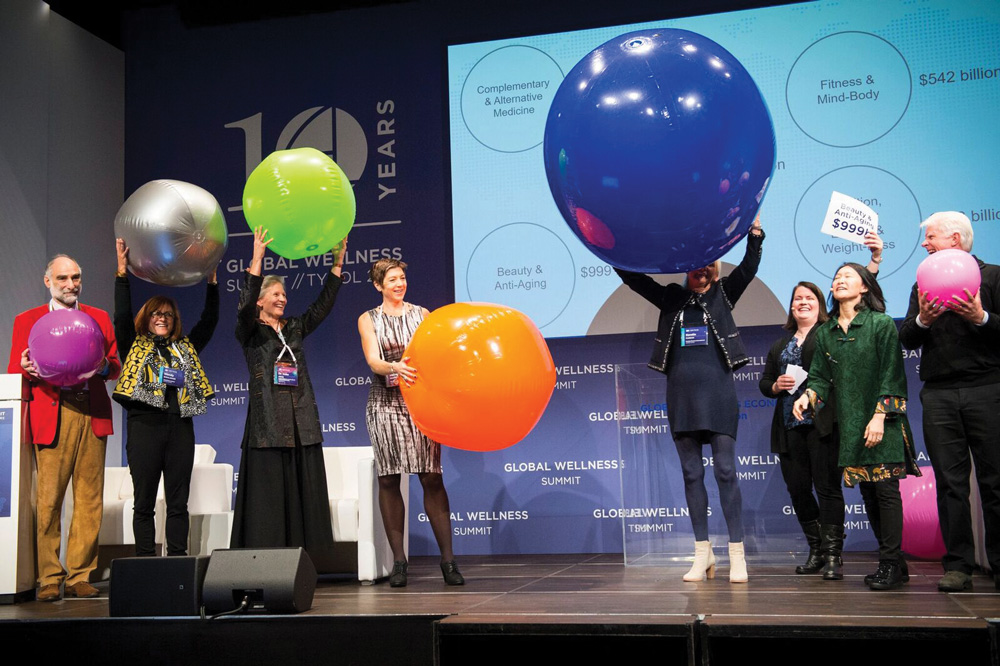
2017 Global Wellness Trends
Wellness Remakes Beauty
Borders between beauty and wellness blur: the $999 billion beauty sector gets a shake up thanks to seismic shifts in the way we aspire to and perceive true beauty
The Summit opened with a “beauty bang”–award-winning director and cinematographer Louie Schwartzberg shared breathtaking imagery of nature in motion, explaining that “beauty is nature’s tool for survival–you protect what you love.” The science behind beauty was explained by neuroscientist Dr. Claudia Aguirre who showed how our brains actually perceive beauty, persuasively arguing that we need beauty in our lives: it brings hope, connectedness and, ultimately, wellness.
Research was presented on the staggering size of the nearly $1 trillion “Beauty and Anti-aging” sector which is truly at the center of the $3.7 trillion global wellness economy. Something that was reinforced by BABOR Cosmetics USA President and COO, Mark Wuttke, and explored deeply in a breakout session that focused on the intersection between beauty and wellness.
The Past: For centuries, the beauty industry has focused squarely on enhancing outward appearances, delivering “hope in a jar” through cosmetics and topical products.
The Future: Wellness has disrupted the world of beauty almost beyond recognition. In order to look good, you have to feel good. No longer is the focus only on external measures to enhance beauty, instead there is a shift to a holistic approach; a movement from artificial to organic; from cosmetic repair to on-going prevention; from topicals to ingestibles–along with scientific validation that beauty changes everything.
THE TREND
Intuitively, we all know beauty and wellness go hand in hand–and that ‘aspiring to beauty’ can be one of the key motivators we have for keeping physically, spiritually and mentally fit. This year’s Summit reflected the blurring borders between beauty and wellness. Of the many takeaways from the main stage was the staggering size of the nearly $1 trillion “Beauty and Anti-aging” sector at the center of the now $3.7 trillion global wellness economy. Neuroscientist Dr. Claudia Aguirre helped delegates connect the dots about how our brains perceive beauty, making it clear that beauty and attractiveness is way more than skin deep and it affects all of our senses: we don’t just see beauty, but we can also feel, hear, smell and taste it–and, because “beauty” stimulates our brains in so many ways, Aguirre argued that we need beauty in our lives: it brings hope, connectedness and, ultimately, wellness.
But it’s how we are achieving and thinking about beauty that has evolved so dramatically in recent years. There is a new aesthetic in town and it’s health and wellness–no matter your shape or size. (Think Unilever’s Dove Real Beauty campaign vs. traditional fashion spreads in Vogue.)
The “beauty industry” has been slowly shape shifting–with social media (Instagram stars, Facebook feeds) leading the way and influencing what we think is beautiful and the best ways to achieve it. A phenomenon that has given rise to new tribes and trends as individuals gravitate to the things that turn them on–whether it’s the latest punishing workout, mindful meditation, ingesting superfoods, eating organic/clean foods, or seeking the latest (miracle) non-invasive antiaging treatment–there’s a virtual cornucopia of ways wellness is remaking the beauty industry.
And the scientific and medical evidence for the merging of wellness and beauty really stacks up: there’s overwhelming evidence of the positive effects that diet, exercise, sleep and stress reduction, to name just a few, can have on our outward appearance. Exercise alone is a beautifier–oxygenating the blood to give skin a healthful glow, and, because it reduces the stress hormone cortisol, exercise has been proven to support the production of collagen, reduce acne and even make your hair healthier, and, of course, there are extensive studies on the connection between gut health and glowing skin, prompting the explosion of probiotics down almost every aisle of the grocery store.
And, perhaps most importantly, self-esteem and mental wellbeing soar when we are at our most attractive and fit–and wellness practices and treatments (be they effective age defying facials, fillers or Botox, daily yoga sessions or regular massages) help us achieve this–ultimately, making us more attractive to one another.
AUTHENTIC, CLEAN BEAUTY
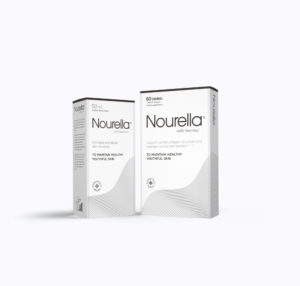
The consumer revolution goes beyond just looking for organic or natural topical skincare products: looking good, feeling good and even doing good is all part of today’s beauty aesthetic. That means embracing products that are ethically sourced–without hurting anyone (animal or human) in the process–and that are natural without being boring or ineffectual.
Just as big food brands have been made to pivot towards today’s “new” conscious consumer, big beauty brands are beginning to wake up to the fact that they need to catch up with consumers that care deeply about the ingredients and ethos of the products they choose to put on or in their bodies–or slowly fade into obsolescence. L’Oréal, the world’s largest beauty company, is already addressing this with its “Sharing Beauty with All” program, which promises to embed more sustainable business practices into every aspect of their value chain by 2020, committing to ensure that 100% of their products show environmental or social improvement.
Because today’s consumer not only knows “you are what you eat,” but also what you do and even what you think, there has been a rise in independent, clean/organic brands– with real stories-like RMS Beauty (from make up artist Rose-Marie Swift), 100% Pure, Guy Morgan Apothecary, and ILA-Spa, a skin care line that touts itself as “beyond organic”. Already, the global organic personal care market is projected to reach nearly $16 billion by 2020.
We expect big beauty brands to continue acquiring niche brands–like L’Oréal’s $1.2 billion acquisition of IT cosmetics, and Unilever’s purchase of premium, clinical brand Murad and the trendy natural Brit brand REN in 2015 – to help shore up revenues and growth and connect to today’s consumers.
INSIDE-OUT BEAUTY REMEDIES
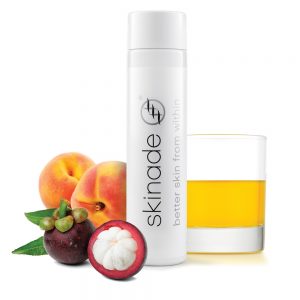
The “new beauty” aesthetic has recast yoga, mediation and exercise as a path to beauty, while also giving rise to functional approaches that promise to heal and nurture from the inside out. There’s been an explosion of trendily packaged beauty drinks, superfoods, pills, and supplements that deliver old-world wisdom of ancient wellness practices; and food-inspired beauty remedies–from the likes of kale, kombucha, chia, nuts, turmeric, seaweed, blueberry, bearberry, and probiotics–are also making it into our skincare lines as we seek news ways to benefit from their antioxidants, vitamins and minerals.
Along with the natural “beauty foods,” has come a rise in nutraceuticals (pills and supplements that aid health) and “nutricosmetics” (ingestible supplements specifically designed for beauty) that promise–and, in some cases, clinically proven–to provide miracles with your hormones, immune system, skin and hair. Traditionally, ingesting foods and supplements for health and beauty has been a mainstay of Asian culture – and that’s where they originate from–but they’re starting to make an impact globally.
Estimated to become a $7.4 billion global industry by 2020, many nutricosmetics, like Skinade from Bottled Science, a drinkable collagen, and Nourella, collagen in pill form, are popular with celebs and plebes alike and have already been shown to work in clinical trials published in the Journal of Cosmetic Dermatology and the Journal of Applied Cosmetology.
Also thanks to Asia and its heavily-polluted cities, a growing awareness of the harsh effects of pollution on our skin has created a need for “outside-in” protection, creating a physical barrier that protects skin from airborne particles.
Antioxidants play a big role and sunscreen is often part of the remedy too. Some pollution protectors include Dr. Andrew Weil for Origins Mega-Defense SPF 45 Advanced UV Defender and Elizabeth Arden Prevage City Smart.
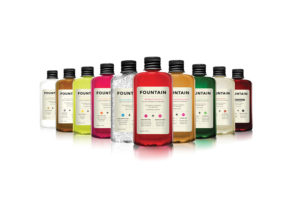
PREVENTION, NOT REPAIR
So the traditional “cosmetic repair” model has given way to a beauty approach that revolves around prevention and the forestalling of aging by, yes, creating health and wellness from the inside, but (almost always) combining this with a little help in the form of preventative cosmetic augmentation (i.e., fillers/lasers/extreme facials/micro lifts). Making small preventative adjustments that offer steady and subtle results means not playing catch up in your 50s, 60s and 70s with a major plastic surgery procedure.
During the Summit, trend forecaster, David Bosshart identified “negotiable reality” as a supertrend pointing out that, because of smartphones and social media, more photos were taken last year than in the whole of the rest of the history of mankind. This, combined with a general lack of time, is driving some to go for the immediately gratifying result of cosmetic procedures that help us look more like our Instagram filters–casting us in the glow of “natural” beauty.
NEW NOTIONS OF BEAUTY
Finally, there has also been a fundamental cultural reconsideration of the concept of beauty itself. For example, Weight Watchers hosted a breakout during the Summit in which they shared how they are changing the conversation–no longer focusing on “weight-loss” as the end-goal, but, instead, embracing overall wellness–including mindfulness and adventure-which, in turn, brings out true beauty and real results for their members. The bottom line: if you’re unhealthy or unhappy, you simply don’t look or seem beautiful–no matter how much (or little) you weigh or how much make-up you apply.
Still, the pursuit of beauty is a natural one…as filmmaker Louie Schwartzberg made clear with his opening comment during the Summit: “Beauty is nature’s tool for survival…you protect what you love.” While Dr. Aguirre talked about the scientific proof behind the need for beauty in our lives–and how it affects our brains, asking: “Can beauty change our self-esteem? Absolutely. And can we then change our industry and the world around us? Absolutely.”
THE FUTURE
More emphasis will be put on the brain/beauty connection with the study of neuroaesthetics, the science of how our brain responds to art, music and beauty, taking center stage. Anjan Chatterjee’s book, The Aesthetic Brain: How We Evolved to Desire Beauty and Enjoy Art explains why we all are on a quest for beauty, whether it’s the innate pleasure of watching the sunset over the sea, or being undeniably attracted to a mate, or choosing flowers for your home, beauty brings us pleasure.
As awareness builds that we are “wired” to desire things that are beautiful to us–there is scientific proof that the brain is flooded with pleasure-inducing neurotransmitter when taking in an object we deem beautiful–society as a whole will become less self-conscious in its quest for personal beauty. And there will be a better understanding–and acceptance-as to why the balance more often than not tips in favor of attractive people that exude self-confidence over those who are less so. Let’s face it, scientific proof that personal and professional success is tethered to beauty is the biggest motivator there is for achieving wellness and, ultimately, looking and feeling the best we can.
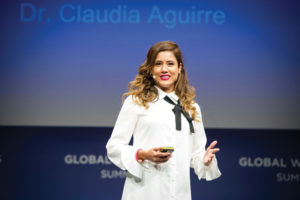
need beauty in our lives: it brings hope, connectedness and, ultimately, wellness. Image Source: Global
Wellness Summit by Michelle Hirnsberger
Copyright © 2016-2017 by Global Wellness Summit.
If you cite ideas and information in this report please credit “2017 Wellness Trends, from the Global Wellness Summit.”
For more information, email beth.mcgroarty@www.globalwellnesssummit.com.